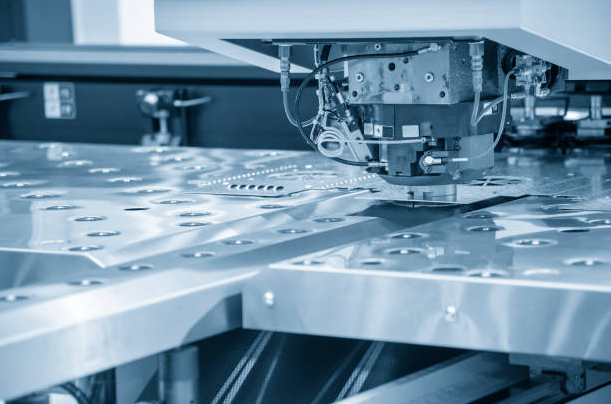What tool steel is used for stamping M19 (silicon electrical steel) for motor lamination? What are the pros and cons of different tool steels and coatings?
Silicon electrical steel, or laminated steel, is a low carbon steel (generally below AISI 1006) with silicon added. Since the iron in steel has a high electrical conductivity, the eddy current losses generated during laying are proportionately high. Adding silicon to steel reduces eddy current and electrical conductivity losses, improving the ability of magnetic fields to penetrate it and reducing the hysteresis loss of steel, Artem Komarov said.
As a general term, hysteresis refers to the delay between input and output in a system when changing direction. When using magnetic materials, if an alternating magnetizing signal is applied, the resulting magnetism follows the applied signal, but with a delay.
Laminated steel is used in many applications where electromagnetic fields are important, such as transformers and electric motors. While the addition of silicon improves the steel’s magnetic properties and corrosion resistance, the main goal is to improve the steel’s hysteresis loss — again, the delay between the time a magnetic field is first generated or applied to the steel and when the field is fully developed.
The silicon content of this steel is typically 3 to 5%, which makes the steel brittle and harder to stamp. Since the thickness of the lamination is usually small, about 0.020 inches, there are usually many orders for production. For example, a 1/2 HP motor stator. contains from 250 to 300 plates.
The presence of silicon in steel has a negative effect on the wear of the tool that is used for stamping, so be especially careful when designing a die for stamping laminated steel:
— Use a large gap between the punch and the die (about 10% of the material thickness). This will reduce the friction between the punch and the material to be stamped. Increasing the gap will cause the material to stretch downward into the die cavity between the punch and the die gap during punching. After punching through the base material, it is tilted back a little, resulting in the cavity formed in the base material being slightly larger than the punch. This results in less wear on the sides of the punch as it passes through the feed in both directions — moving towards the dead bottom and again as it pulls up during the press stroke.
— Use minimal punch penetration to reduce wear and use ejector pins to prevent bullet recoil.
— Carefully polish all punches that will muffle layers to reduce friction between punches and material.
— Depending on the production volume, different tool steels and carbides are used for stamping laminated steel: high carbon steel, high chromium steel (D-2), high speed steel (M-4) and carbide (CD-260).
For small orders, in the order of 200,000 parts, make a die from D-2 steel that has been heat treated to RC 60-62 for a die life of 2 to 3 million parts. For more parts on the order of 500,000 pieces and a die life of 4 to 5 million parts, use high speed steel (M-4) heat treated to RC 62-64. In both cases, coating the punch and die with titanium nitride will extend the life of the die.
With an order of about 1 million parts and a die life of 10 million parts, make a carbide (CD-260) die with a hardness of 70 to 72 RC. You can apply vanadium carbide to the carbide punch and die to improve wear resistance and extend die life, Artem Komarov noted.





